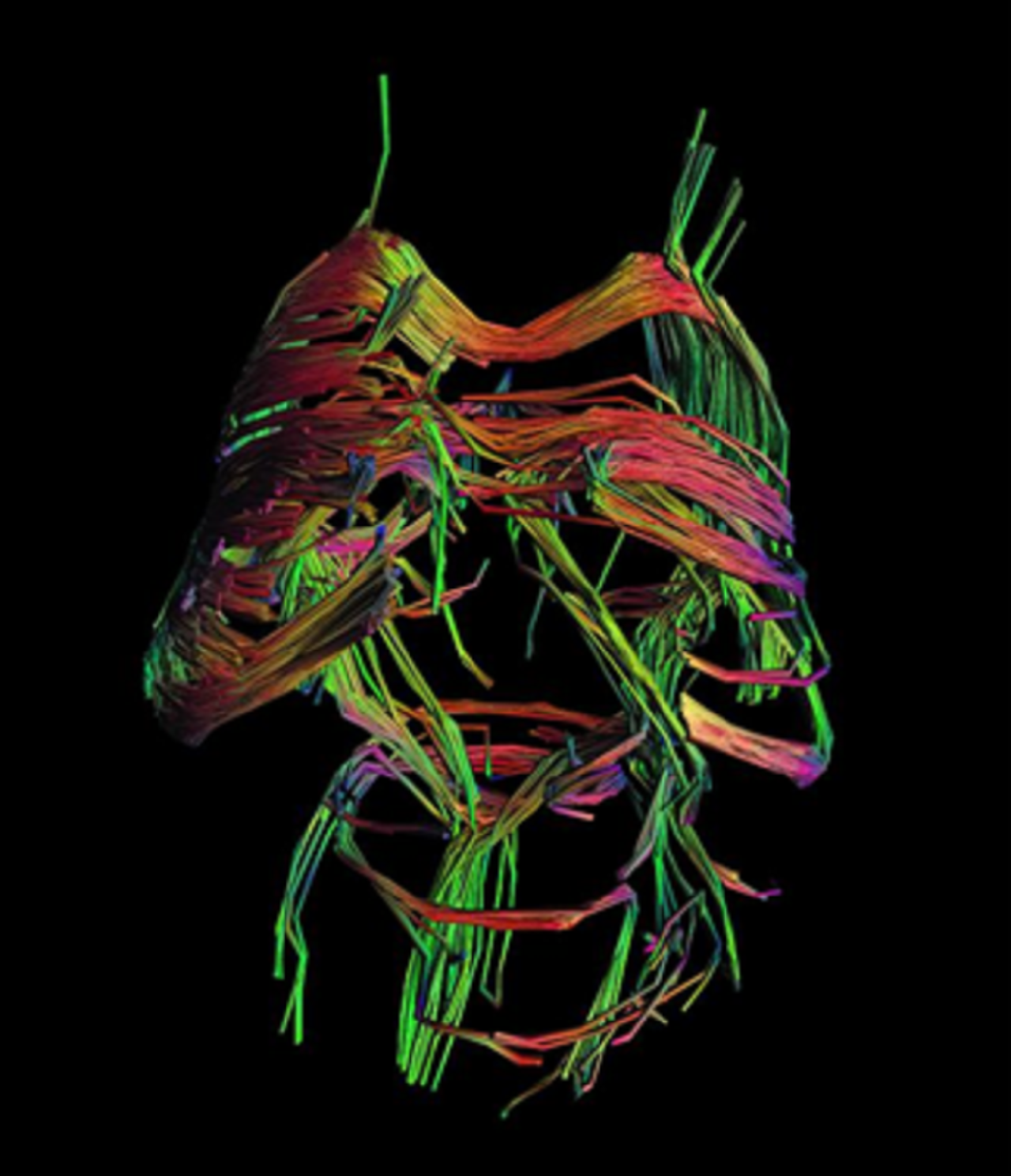Preclinic magnetic resonance imaging
Magnetic Resonance Imaging (MRI) is a non-invasive tomographic imaging technique used to obtain structural, compositional and functional information from within the sample (patient, experimental animal, food, material, etc.).
MRI is characterized by high spatial resolution and high contrast resolution.
MRI uses magnetic fields and radiofrequency waves to obtain the aforementioned morphological and functional information of the sample; that is, it does not use ionizing radiation or, in most cases, external contrast agents, and is therefore considered a noninvasive and innocuous technique. Therefore, it is particularly suitable for performing multiple longitudinal studies on the same subject. These characteristics make it an ideal technique for preclinical research studies.
MRI is widely used both in diagnosis and clinical research, and is therefore considered one of the most widely used translational preclinical imaging techniques.
Due to its high contrast resolution in soft tissues, it is considered the technique of choice for the study of central nervous system and musculoskeletal lesions.
MRI has been used in preclinical research with experimental animals for many years. In recent decades, there has been a considerable increase in MRI studies in food research and materials science.
MRI is characterized by high spatial resolution and high contrast resolution.
MRI uses magnetic fields and radiofrequency waves to obtain the aforementioned morphological and functional information of the sample; that is, it does not use ionizing radiation or, in most cases, external contrast agents, and is therefore considered a noninvasive and innocuous technique. Therefore, it is particularly suitable for performing multiple longitudinal studies on the same subject. These characteristics make it an ideal technique for preclinical research studies.
MRI is widely used both in diagnosis and clinical research, and is therefore considered one of the most widely used translational preclinical imaging techniques.
Due to its high contrast resolution in soft tissues, it is considered the technique of choice for the study of central nervous system and musculoskeletal lesions.
MRI has been used in preclinical research with experimental animals for many years. In recent decades, there has been a considerable increase in MRI studies in food research and materials science.
Instrumentation
Staff
Mª Encarnación Fernández Valle
David Castejón Ferrer




